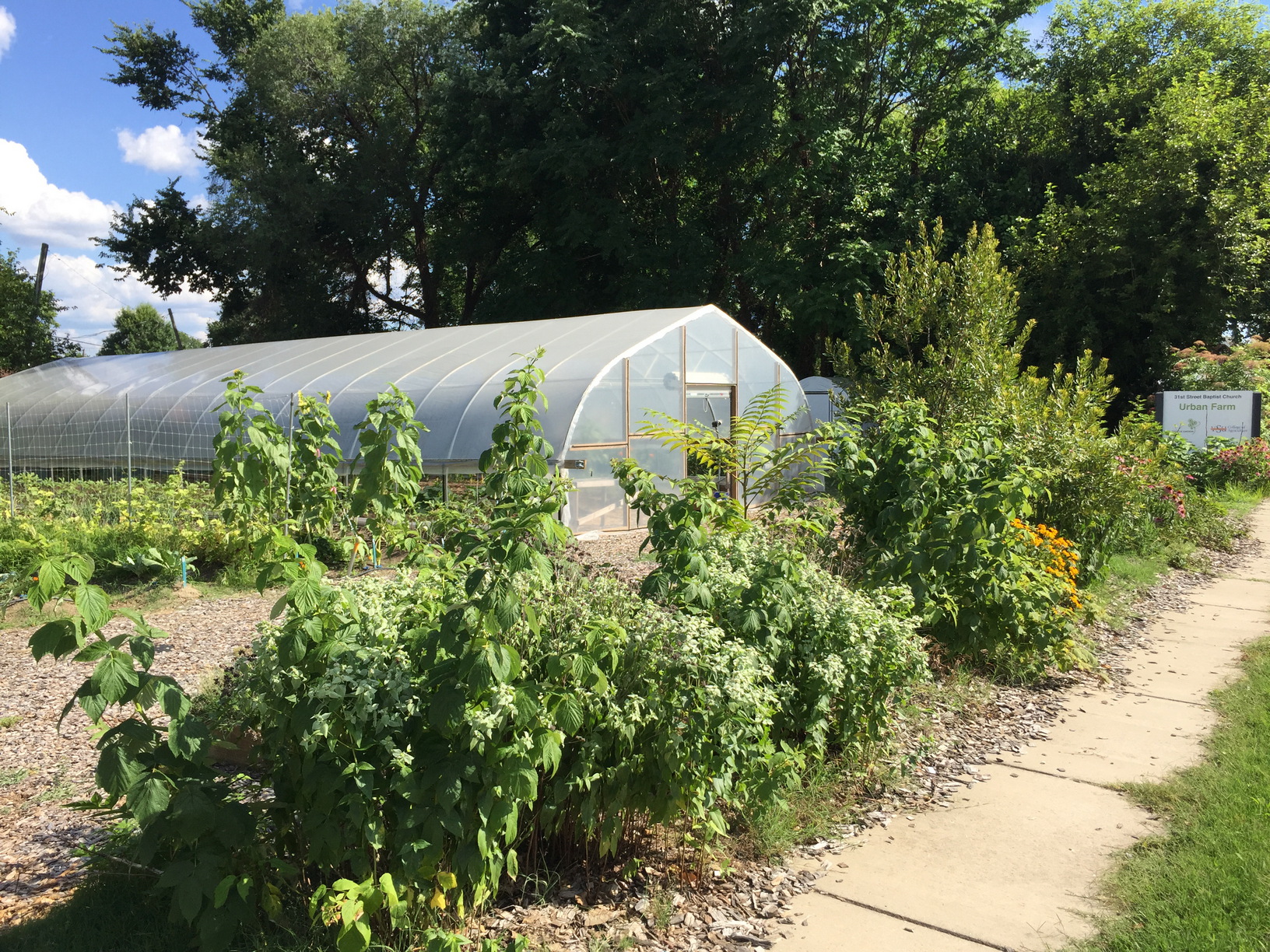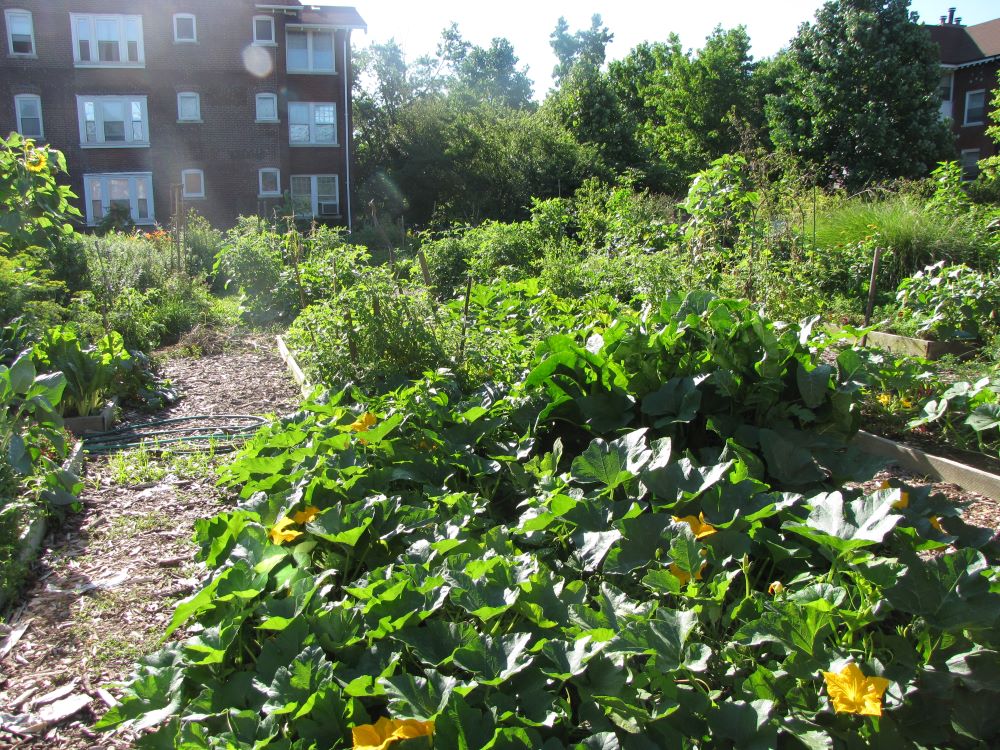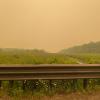Xerces’ conservation efforts span across many different types of landscapes, and the organization has long been interested in expanding upon work being done in urban settings. To support those goals, my position was created: Pollinator Conservation Specialist for Urban and Small Farms in Historically Underserved Communities. Through this work, we strive to bridge the gap between pollinator habitat efforts in urban and agricultural areas.
Like many others on Xerces’ pollinator team, I also work closely with the Natural Resource Conservation Service (NRCS) as a partner biologist. Based in Michigan, I will work with the greater Detroit and Flint metro areas to provide education and technical assistance on their conservation programs, including through monitoring, establishing, or expanding habitat for pollinator insects, beneficial predatory invertebrates, and soil invertebrates.
As a new member of the Detroit community, my top priority in beginning this work is to listen and learn from the people who have been on the ground working on urban ag and community food systems. It is so important to understand the existing urban ag and conservation efforts here, to work towards developing genuine connections and building trust, and have conversations on how the pollinator and biodiversity conservation work of Xerces and NRCS can support existing efforts.
In my short time here, I am quickly learning how many wonderful local organizations and urban farms have already adopted pollinator habitat into their work, and many more are excited to develop new habitats. However, much of the community here has been marginalized and historically excluded from conservation efforts. So, having open conversations on what habitats can look like in their spaces, how we may work together to incorporate pollinator habitat needs into other urban conservation efforts (such as storm water management or soil pollution remediation), and how we can work together to achieve their long-term goals will be important for integrating our work in a collaborative way.
Community gains from urban agriculture initiatives
The Detroit area is a unique model in the development of urban agriculture. Understanding the history of the city will not only better inform us on the land use, but also the impact that the changing landscape has had on the people living here. When the automotive industry established in the city, Detroit saw a large increase in population. However, after the industry moved out of the city, many of the more affluent community members left with them. Detroit became less financially stable and social tension was high amongst the community. As a result, an increasing number of properties across the area became vacant (homes, schools, businesses) and often left communities isolated.
This also created or expanded food deserts, further limiting access to nutritious foods. Community members have since been working with the city and legislature to revitalize many vacant lots as community gardens and small urban farm sites. These sites grow crops to feed the local community, but there are other driving factors of urban agriculture:
- Community development and job growth
- Food sovereignty, production, and nutrition
- Beautification and reduction of blight
- Sustainability
- Education and skills training
- Biodiversity conservation through corridors and islands of habitat
- Combating heat islands
 Perennial pollinator habitat seen at Tricycle Urban Ag Farm (Photo: Nancy Lee Adamson, Xerces Society).
Perennial pollinator habitat seen at Tricycle Urban Ag Farm (Photo: Nancy Lee Adamson, Xerces Society).
These urban farm sites act as excellent learning opportunities and demonstrations of the importance of biodiversity. Our society’s agricultural demand has developed to rely on European honey bees, but small urban agriculture areas offer a great opportunity to learn about other beneficial insects that are often overlooked. These beneficial insects include native solitary bees, who are often smaller than honey bees and are particularly efficient pollinators of our native plants. Predatory and parasitoid wasps are often underappreciated and are valuable in the garden as they can act as great natural biological control of other invertebrates that you may consider “pests”. Urban areas are also important for invertebrate diversity because they have been shown to help foster corridors and islands of habitat for wildlife.
Pollinator habitat efforts in urban agriculture
Xerces has existing efforts that cross into urban agriculture through programs like Bee City/Bee Campus USA and our regional pollinator habitat kit programs. I am to expand these through a new pollinator habitat kit for specifically for small urban ag sites in the greater Detroit and Flint areas in Michigan. Our goal is to work with these urban farms to help them establish or expand on pollinator and beneficial insect habitat in their spaces. Benefits of the habitat kits will be to help increase the biodiversity present on the farms; provide nesting, shelter, and food resources for insects; attract more pollinators and beneficial insects to aid in crop yields; and act as space to increase conservation awareness in the community.
Exciting things are also happening on a national level with the start of a new US Department of Agriculture (USDA) Office of Urban Agriculture and Innovative Production. With this new office, diverse committees are being formed across the country to assist urban farmers through a variety of programs, technical support, and funding for their operations, including conservation practices. The Biden administration is also reinvesting in the People’s Garden Initiative (PGI), which recognizes the value of collaborative, community driven, local food production (e.g. urban farms, community gardens, school gardens).
 A community garden in Omaha, NE (Photo: Jennifer Hopwood, Xerces Society).
A community garden in Omaha, NE (Photo: Jennifer Hopwood, Xerces Society).
Xerces is working closely with the Office of Urban Ag and the People’s Garden to support the creation of demonstration habitats with PGI urban farm partners across the U.S. At the same time, NRCS Chief Terry Cosby has committed to step up work on supporting historically marginalized communities and urban agriculture. Xerces will work closely with NRCS to support pollinator conservation in other urban ag settings, such as New York City, Philadelphia, and Minneapolis.
There are many exciting possibilities to work in support of both pollinators and urban agriculture. I look forward to working with these communities more, learning from and supporting their efforts, and sharing my passion for pollinators.




